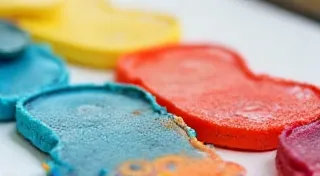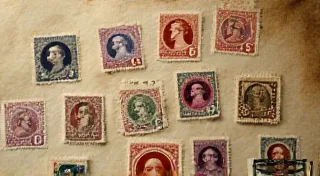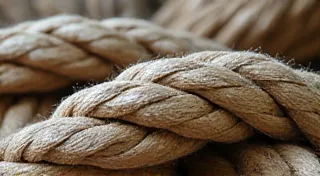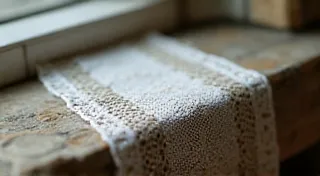The Ghostly Silhouette: Unraveling the Psychological Threads in 1950s Fashion
The scent of mothballs and aged paper. The whisper of brittle tissue paper unfolding. Holding a 1950s vintage sewing pattern isn't merely an exercise in historical appreciation; it's a tactile connection to a world both familiar and alien. It’s a window into the hopes, fears, and aspirations of women navigating a period of remarkable social and economic transformation. Beyond the poodle skirts and nipped-in waists, a subtler story unfolds – one of anxieties masked by flawless tailoring and aspirations stitched into every seam. We’re not just admiring the clothing; we’re excavating the emotional landscape that shaped it.
The 1950s, often romanticized as a golden age of domesticity, was in fact a period of significant upheaval. World War II had just ended, leaving behind a generation grappling with loss, displacement, and the return to pre-war gender roles. The economic boom that followed ushered in a consumer culture unlike anything the world had seen before, yet this prosperity wasn’t universally felt. For women, the pressure to conform to an idealized image of femininity – the happy homemaker, the adoring wife, the attentive mother – was intense, and the garments of the era became both a tool of performance and a silent expression of internal conflict.
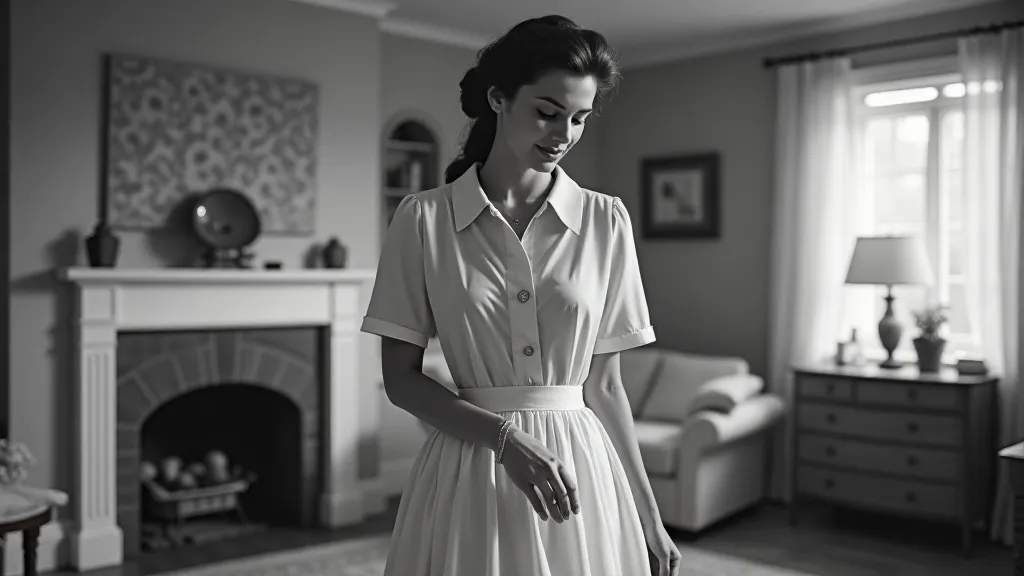
The Return to Femininity: More Than Just a Trend
After the utilitarian styles of wartime – practical jumpsuits and tailored suits – the post-war era saw a dramatic return to distinctly feminine silhouettes. Dior’s "New Look," launched in 1947, set the tone: full skirts, cinched waists, and rounded shoulders. These weren't simply aesthetic choices; they were symbolic gestures. The emphasis on the hourglass figure wasn’t just about beauty; it was a conscious rejection of the more androgynous styles adopted during the war, a reaffirmation of traditional gender roles, and a visual declaration of a return to normalcy. Yet, the very act of striving for this ideal – the endless hours spent ironing, the discomfort of restrictive corsets – hinted at the underlying anxieties.
Consider the popularity of circle skirts. Their fullness demanded yards of fabric, a luxury many women still couldn’s fully afford. But the effort, the careful budgeting, the meticulous construction – these acts became rituals of conformity, affirmations of belonging. The skirts weren’t just about looking beautiful; they were about signaling adherence to societal expectations. The visual volume represented an outward projection of a desire to embody domestic tranquility, even if that tranquility was fragile and carefully constructed.
The Corset's Confession: Restraint and Rebellion
The return of the corset, albeit in more subtle forms, is perhaps the most poignant indicator of the era's emotional climate. While not as rigid as the Victorian versions, these undergarments – the stays, the slips, the bras – sculpted the body into the coveted hourglass shape. They constricted, they supported, they molded. Holding a pattern from the 1950s, you can almost feel the pressure women felt to conform, to achieve this impossible ideal. The discomfort wasn't just physical; it was a constant reminder of the sacrifices demanded in the pursuit of femininity.
But there’s also a fascinating tension at play. The very act of painstakingly shaping the body, of imposing such visible restraint, could be interpreted as a form of subtle rebellion. While outwardly conforming to expectations, women were privately manipulating their appearance, asserting a degree of control over their own bodies and identities, even if that control was limited to the realm of fashion.
Craftsmanship as Catharsis: A Quiet Form of Empowerment
The meticulous craftsmanship inherent in 1950s fashion patterns shouldn't be overlooked. Many patterns included multiple views, detailed instructions, and even diagrams showing how to construct complex features. The process of sewing itself became a form of catharsis, a quiet form of empowerment in a world where women’s options were often circumscribed. The focused concentration required to sew a perfectly tailored dress, the satisfaction of transforming fabric into a beautiful garment – these were small victories, moments of agency in a society that often relegated women to the sidelines.
Many women also shared patterns, passed down through generations. This exchange fostered a sense of community, a silent understanding of the pressures and anxieties they faced. A pattern wasn's just a set of instructions; it was a connection to a lineage of women, a shared experience of striving for an ideal, and a testament to the enduring power of creativity and resourcefulness.
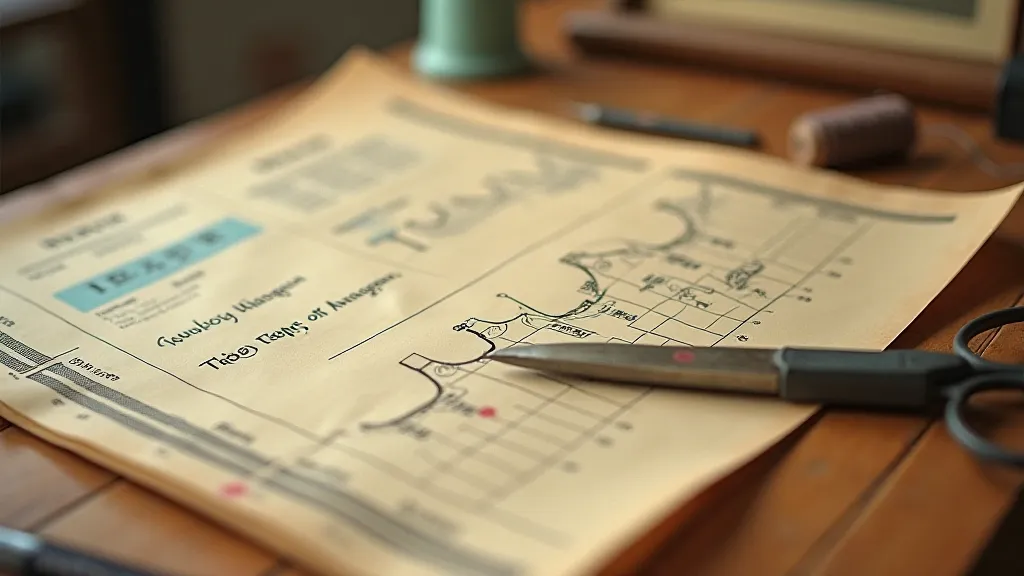
Beyond the Pin-Up: Recognizing the Complexity
It’s easy to romanticize the 1950s, to focus on the glamour and the seeming perfection. But delving deeper – examining the patterns themselves, reading the advertisements of the era, understanding the social and economic context – reveals a more nuanced and complex picture. The garments of the 1950s weren't just about looking pretty; they were about navigating a world of conflicting expectations, about expressing anxieties and aspirations through a carefully curated image.
The "pin-up" aesthetic, so often associated with the era, only tells part of the story. While it represents a certain ideal of feminine allure, it obscures the quiet struggles and the subtle acts of defiance that characterized the lives of many women. The ghostly silhouette of the 1950s isn’t just about the flared skirts and the nipped-in waists; it’s about the untold stories, the silent anxieties, and the enduring resilience of women striving to find their place in a rapidly changing world.
Collecting and Restoration: Preserving a Legacy
For those drawn to the beauty and history of 1950s fashion, collecting vintage sewing patterns can be a deeply rewarding experience. Patterns in excellent condition are becoming increasingly rare, commanding premium prices. However, even damaged or incomplete patterns hold value, providing a tangible link to the past. Restoration – carefully mending tears, stabilizing brittle paper – can preserve these treasures for future generations. Understanding the construction techniques used in the era, familiarizing oneself with the patterns' nuances, allows for a deeper appreciation of the craft and the legacy of the women who created them.
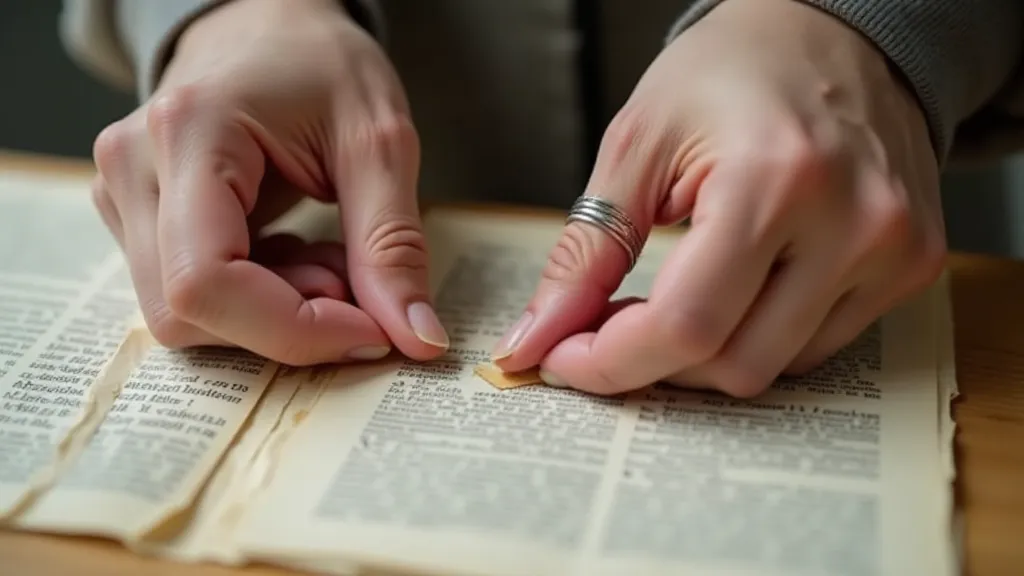
The 1950s may be long gone, but its fashion legacy endures. By unraveling the psychological threads woven into its garments, we can gain a deeper understanding of the era’s complexities and appreciate the enduring power of clothing to express not just style, but also identity, aspiration, and resilience.
